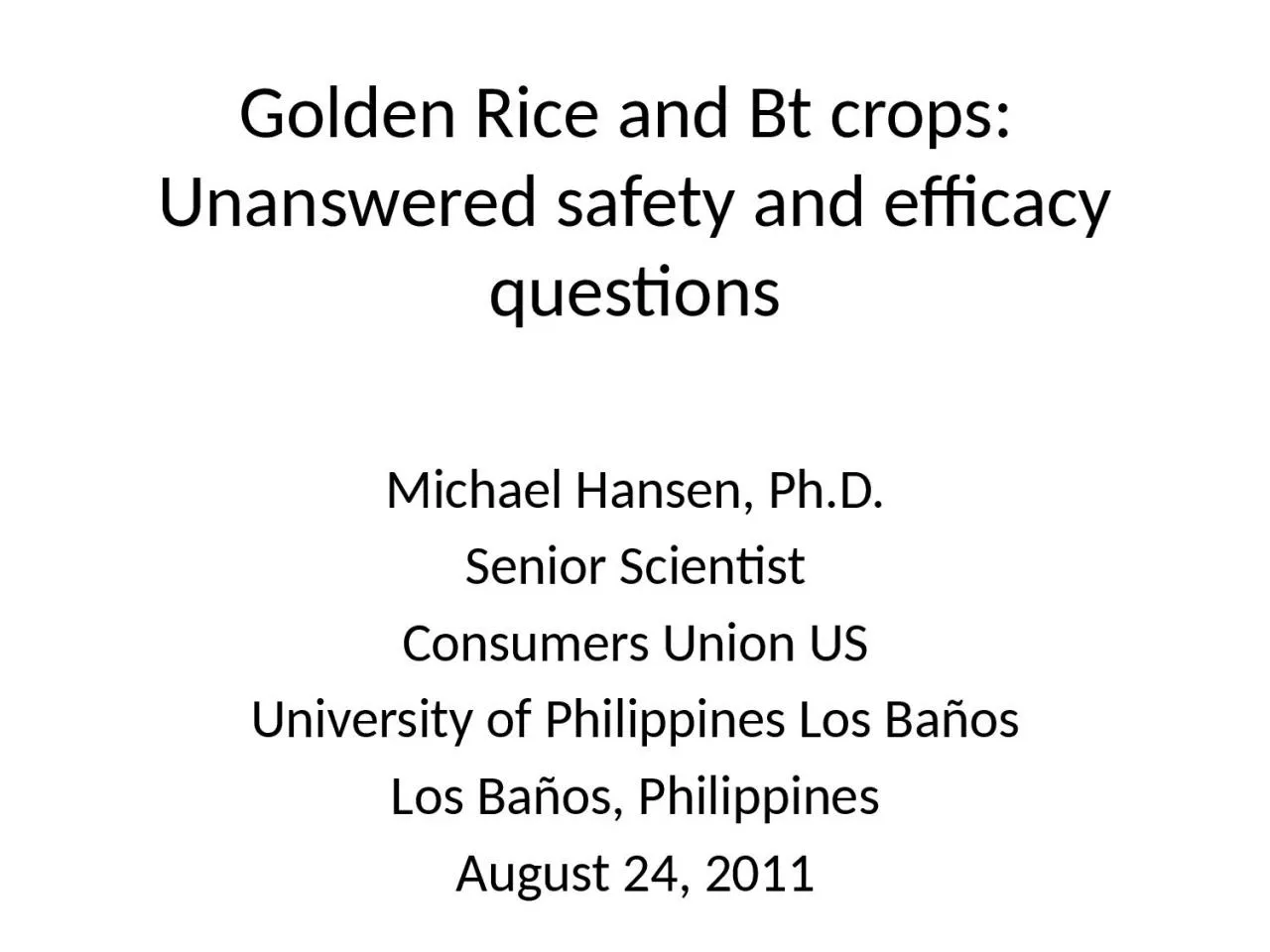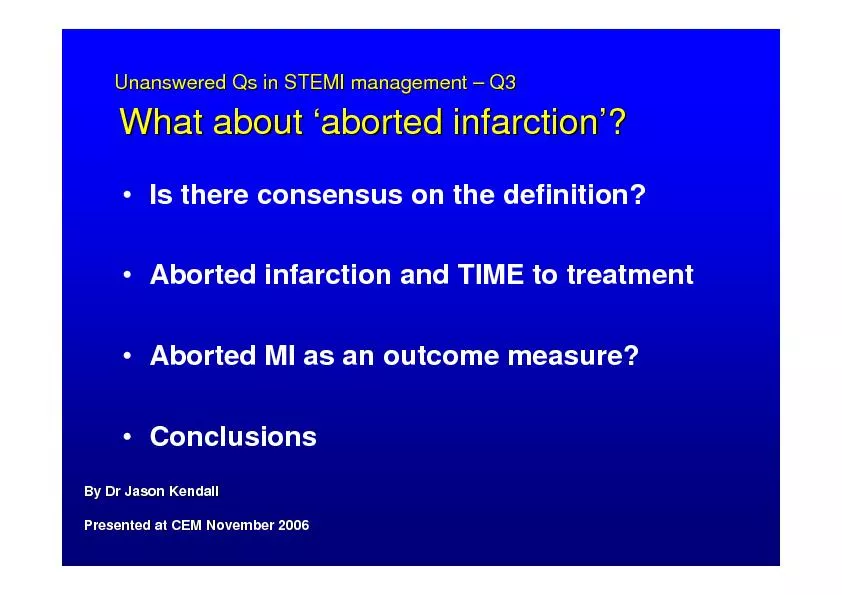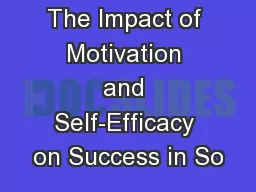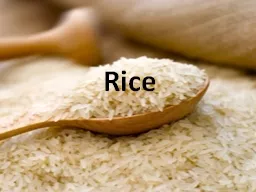PPT-Golden Rice and Bt crops: Unanswered safety and efficacy questions
Author : SunshineFlower | Published Date : 2022-08-03
Michael Hansen PhD Senior Scientist Consumers Union US University of Philippines Los Baños Los Baños Philippines August 24 2011 Outline Basics of Biotechnology
Presentation Embed Code
Download Presentation
Download Presentation The PPT/PDF document "Golden Rice and Bt crops: Unanswered..." is the property of its rightful owner. Permission is granted to download and print the materials on this website for personal, non-commercial use only, and to display it on your personal computer provided you do not modify the materials and that you retain all copyright notices contained in the materials. By downloading content from our website, you accept the terms of this agreement.
Golden Rice and Bt crops: Unanswered safety and efficacy questions: Transcript
Download Rules Of Document
"Golden Rice and Bt crops: Unanswered safety and efficacy questions"The content belongs to its owner. You may download and print it for personal use, without modification, and keep all copyright notices. By downloading, you agree to these terms.
Related Documents














